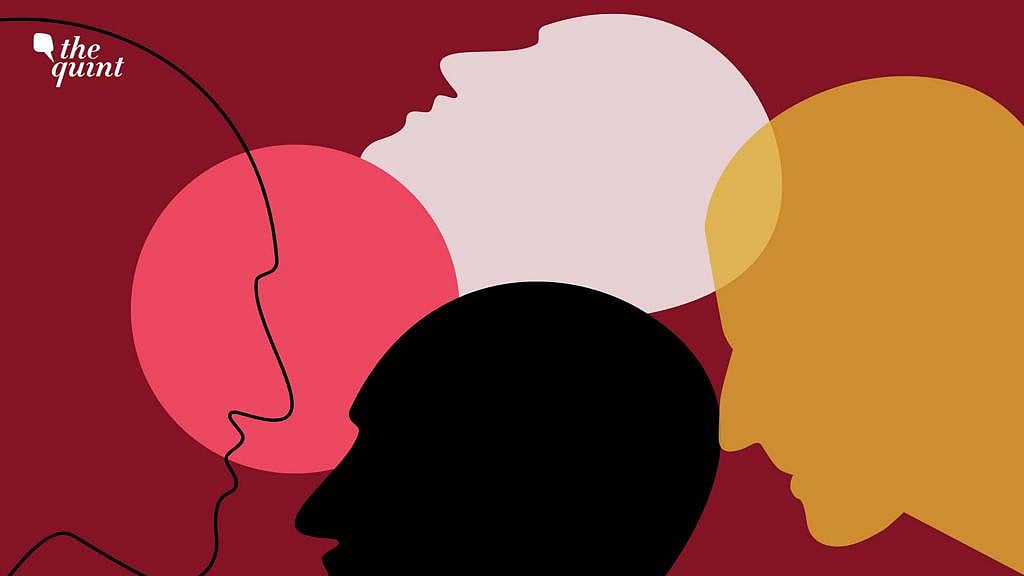
Seen, Heard, Understood: Recognise Invisible Disabilities For an Inclusive World
Artificial Intelligence tools can play a pivotal role in identifying disabilities not evident to the naked eye

advertisement
In a dynamic tech startup, Kavya, a software developer praised for her exact coding, felt misunderstood during an interaction with her team lead.
"There's urgent code to debug. I know you have a headache, but can you handle this just once? You're our best coder," her lead said, offering a painkiller for what they misread as a mild headache, not realising Kavya's struggle with an invisible disability – chronic migraines.
This underestimation of her condition, masked by a compliment, underscored a larger issue: workplaces quickly adapt to visible disabilities but often overlook the complexities of invisible ones, leading to a lack of empathy and understanding.
However, statistics from the United States of America suggest that one in 18 individuals grapples with an invisible disability, a condition not readily apparent to onlookers. The prevalence in developing countries, like India, is likely comparable, if not higher.
These hidden disabilities present unique psychosocial challenges, fostering misconceptions and societal biases that prove to be hindrances for individuals.
Autism spectrum disorders, characterised by challenges in communication and social skills, result in individuals being unfairly labelled as rude or undisciplined. Chronic diseases like fibromyalgia, causing widespread pain and fatigue, are misunderstood as mere laziness.
Sensory processing issues in children may manifest as fussiness or non-cooperation and could be misinterpreted by others.
Challenges in Diagnosis
Detecting and diagnosing invisible disabilities presents significant challenges. Symptoms often go unnoticed or are misattributed to normal variations, delaying intervention.
A student struggling with a learning disability might be labelled as a low achiever, while someone in the early stages of a hearing impairment might withdraw from social settings without realising that they have a disability.
India's healthcare infrastructure is unable to cover 10 million children with autism and many more with mental health issues and physical disabilities. A dearth of specialists compounds the issue.
A World Economic Forum report highlights a glaring need for 11,000 psychiatrists and 54,000 mental health professionals. The allocation of a mere 0.06 percent of the health budget to mental health further underscores the urgency of the situation.
However, translating legal frameworks into actionable change demands a concerted effort at the grassroots level. The Rehabilitation Council of India shoulders the responsibility, in this respect, of training a diverse cadre of professionals equipped to address the unique challenges presented by each category of disorders.
The Different Solutions
The advent of artificial intelligence (AI) and technology holds promise for early detection and innovative therapeutic interventions. AI tools can play a pivotal role in identifying disabilities not evident to the naked eye.
Applications designed for children with autism demonstrate the transformative potential of technology in providing tailored assistance, reducing the burden on families seeking expensive therapies.
The onus falls on both the government and society to consciously embrace individuals with disabilities. The family and classroom serve as foundational pillars, shaping societal attitudes. Global information dissemination and online platforms contribute to dismantling prejudices and fostering inclusivity.
The workplace, a microcosm of society, demands a paradigm shift in policies to accommodate invisible disabilities.
The Centre for Talent Innovation reveals that nearly 30 percent of the white-collar workforce grapples with invisible disabilities.
Towards an Inclusive India
As India navigates its way through the complexities of disability awareness and inclusion, the need for accurate statistics and information about invisible disabilities becomes paramount.
The absence of clear data perpetuates erroneous assumptions and impedes the development of responsive healthcare infrastructure.
Workplace policies must proactively protect employees with hidden disabilities, fostering an environment where disclosure is met with understanding rather than apprehension.
As India grapples with collective loss and grief in the wake of COVID-19, we must extend the discourse on invisible disabilities. The physical and mental health challenges post-recovery demand heightened sensitivity and awareness.
"In honouring International Disability Day, let us remember that true inclusivity requires us to actively represent individuals in all their diversity and foster a society where the invisible struggles are seen, heard, and understood."
(Sharmistha Ghosh is the Senior Vice President, Healthcare and Social Impact, at Avian WE & Founder of Spectrum Delight.)
(At The Quint, we question everything. Play an active role in shaping our journalism by becoming a member today.)
- Access to all paywalled content on site
- Ad-free experience across The Quint
- Early previews of our Special Projects
Published: undefined